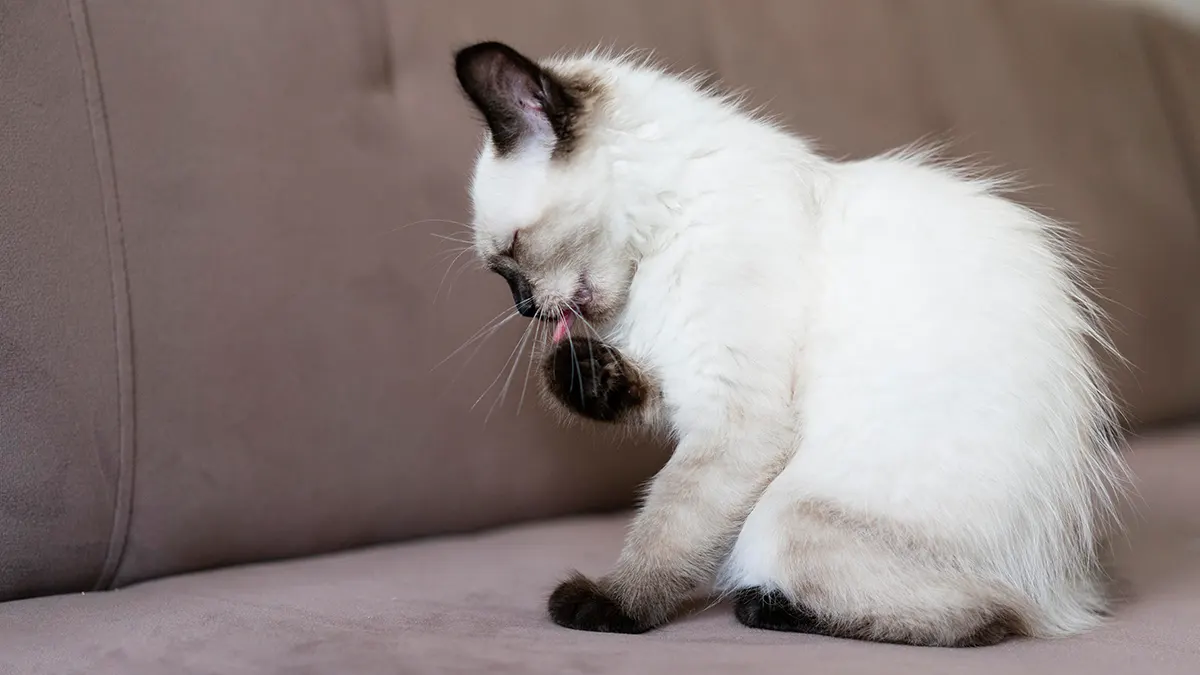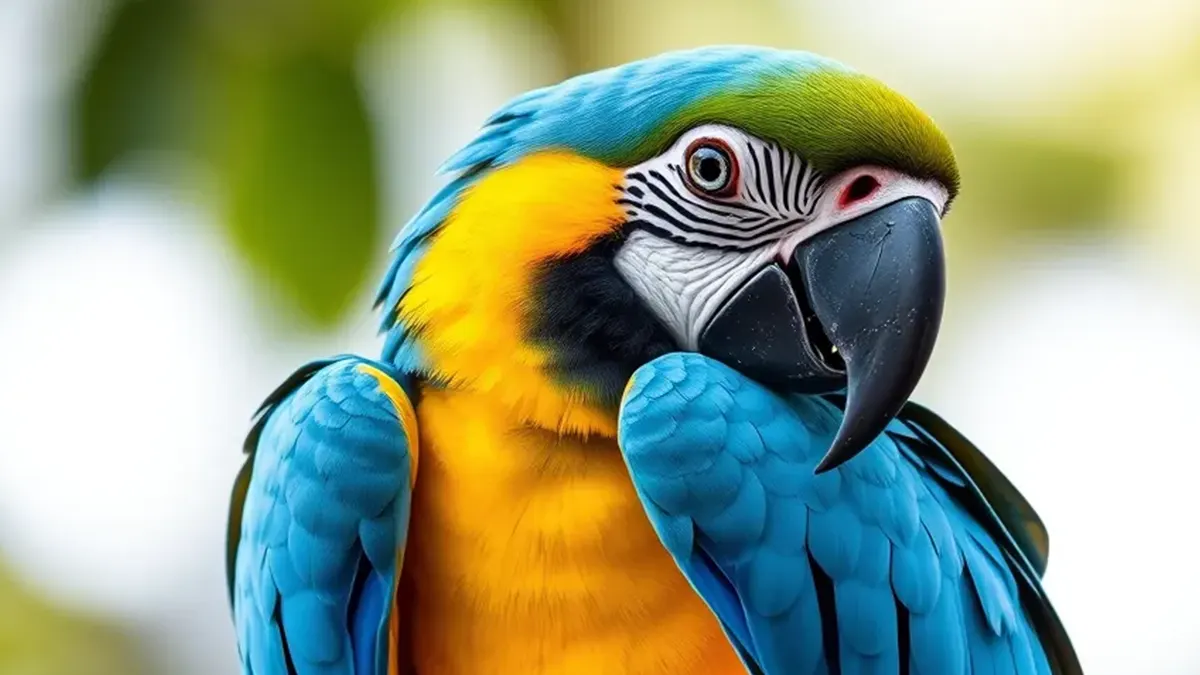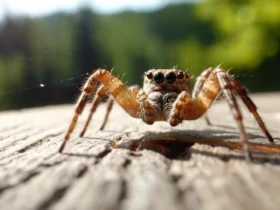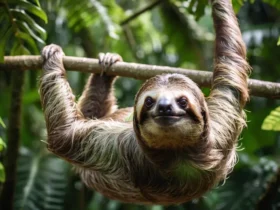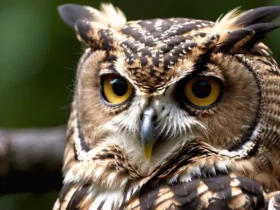The blue-and-yellow macaw (Ara ararauna), also known as the blue-and-gold macaw, is a stunning bird native to the rainforests of South America. Renowned for its brilliant coloration and engaging personality, this large parrot is not only a beloved pet but also plays an essential role in its ecosystem. In this comprehensive article, we will delve into the physical characteristics, habitat, diet, behavior, conservation status, and the significance of the blue-and-yellow macaw in culture and society.
Table of Contents
Physical Characteristics
The blue-and-yellow macaw is a large parrot, measuring about 30 inches (76 cm) in length. Its most distinguishing feature is its vibrant blue feathers on the upper parts of its body, contrasted by bright yellow underparts. The striking blue coloration extends to its wings and tail feathers, creating a dazzling mix of blue, yellow, and green. The macaw’s face is adorned with a white patch around the eyes, which adds to its captivating appearance.
The beak of the blue-and-yellow macaw is strong and curved, perfectly adapted for cracking open hard seeds and nuts. This powerful beak allows them to access food sources that are often unavailable to other birds. Their zygodactyl feet, with two toes facing forward and two backward, give them excellent gripping ability, enabling them to climb trees and navigate their arboreal habitat effectively.
Habitat
The blue-and-yellow macaw primarily inhabits the tropical rainforests of South America, particularly in countries such as Brazil, Peru, Colombia, and Bolivia. They prefer regions near rivers and wetlands, where they can find an abundant food supply. These birds thrive in tall, dense forests where they can nest in tree cavities and seek shelter from predators.
In addition to lowland rainforests, blue-and-yellow macaws can also be found in savannas and palm swamps. They are highly adaptable and can often be seen near agricultural areas where fruit and nut trees are abundant. However, their dependence on forest habitats makes them vulnerable to deforestation and habitat degradation, which have significantly reduced their populations.
Diet
The diet of the blue-and-yellow macaw is diverse and consists mainly of seeds, nuts, fruits, and berries. They are known for their strong foraging skills and preference for a variety of food sources, including:
- Nuts: Macaws have powerful beaks that allow them to crack open tough nuts, such as Brazil nuts and coconuts. Their diet is heavily reliant on these nutrient-dense foods, which provide the energy they need for their active lifestyle.
- Fruits: They enjoy a wide range of fruits, including figs, mangoes, papayas, and bananas. These fruits not only provide essential vitamins but also help in hydration, especially during dry periods.
- Seeds: Blue-and-yellow macaws often forage for seeds from various plants and trees. Their ability to access hard-to-reach seeds makes them important players in their ecosystem, as they assist in seed dispersal.
- Flowers and Vegetation: They may also consume blossoms and other plant materials, expanding their dietary range. The consumption of flowers is crucial for pollination, contributing to the health of the rainforest ecosystem.
The foraging behavior of blue-and-yellow macaws plays a vital role in their ecosystem, as they help to disperse seeds and contribute to forest regeneration. Their feeding habits can significantly influence the composition and diversity of plant species in their habitat.
Behavior and Social Structure
Blue-and-yellow macaws are highly social birds, often found in pairs or small groups. Their playful and intelligent nature makes them engaging pets and fascinating subjects for birdwatchers. In the wild, they communicate through a range of vocalizations, including squawks, whistles, and chirps, which help maintain social bonds within their groups.
These macaws are monogamous, often forming long-lasting pairs that engage in various courtship behaviors. Mutual preening and displays of affection are common, reinforcing the bond between partners. During the breeding season, they build nests in tree cavities, where the female lays two to four eggs. Both parents share the responsibility of incubating the eggs and caring for the young, feeding them a diet rich in nutrients.
Blue-and-yellow macaws are known for their playful behaviors, often engaging in aerial acrobatics, chasing one another, and playing with objects. Their intelligence is evident in their ability to solve problems and adapt to new situations. They are also known to mimic sounds and phrases, a trait that has made them popular in the pet trade.
Conservation Status
The blue-and-yellow macaw is currently listed as Least Concern by the International Union for Conservation of Nature (IUCN); however, its population is decreasing due to habitat loss, hunting, and the illegal pet trade. Deforestation for agriculture, logging, and urban development has significantly reduced their natural habitat, leading to a decline in food sources and nesting sites.
Conservation efforts are underway to protect the blue-and-yellow macaw and its habitat. Organizations are working to establish protected areas, promote sustainable land use, and combat illegal wildlife trade. Education and awareness programs are also essential to encourage local communities to participate in conservation efforts. Rehabilitating and reintroducing captive-bred macaws into the wild is another strategy being employed to boost population numbers.
The Blue-and-Yellow Macaw in Culture
The blue-and-yellow macaw holds a significant place in various cultures, especially in regions where they are native. In indigenous cultures, they are often seen as symbols of beauty, freedom, and intelligence. Their vibrant colors and playful nature have made them popular subjects in art, folklore, and literature.
Additionally, blue-and-yellow macaws are frequently featured in wildlife documentaries and conservation campaigns, helping to raise awareness about the threats facing tropical ecosystems. Their popularity as pets has also led to increased interest in aviculture and the importance of responsible pet ownership.
Conclusion
The blue-and-yellow macaw is a vibrant and intelligent species that plays a crucial role in the ecosystems of South American rainforests. Its striking appearance and social behavior make it a favorite among bird enthusiasts and pet owners. However, the threats it faces from habitat loss and illegal trade highlight the importance of conservation efforts to ensure the survival of this magnificent bird for future generations.
Protecting their habitats and promoting awareness about their ecological role is essential to preserving the legacy of the blue-and-yellow macaw. By supporting conservation initiatives and encouraging sustainable practices, we can help secure a future for these beautiful birds and the lush rainforests they inhabit.



